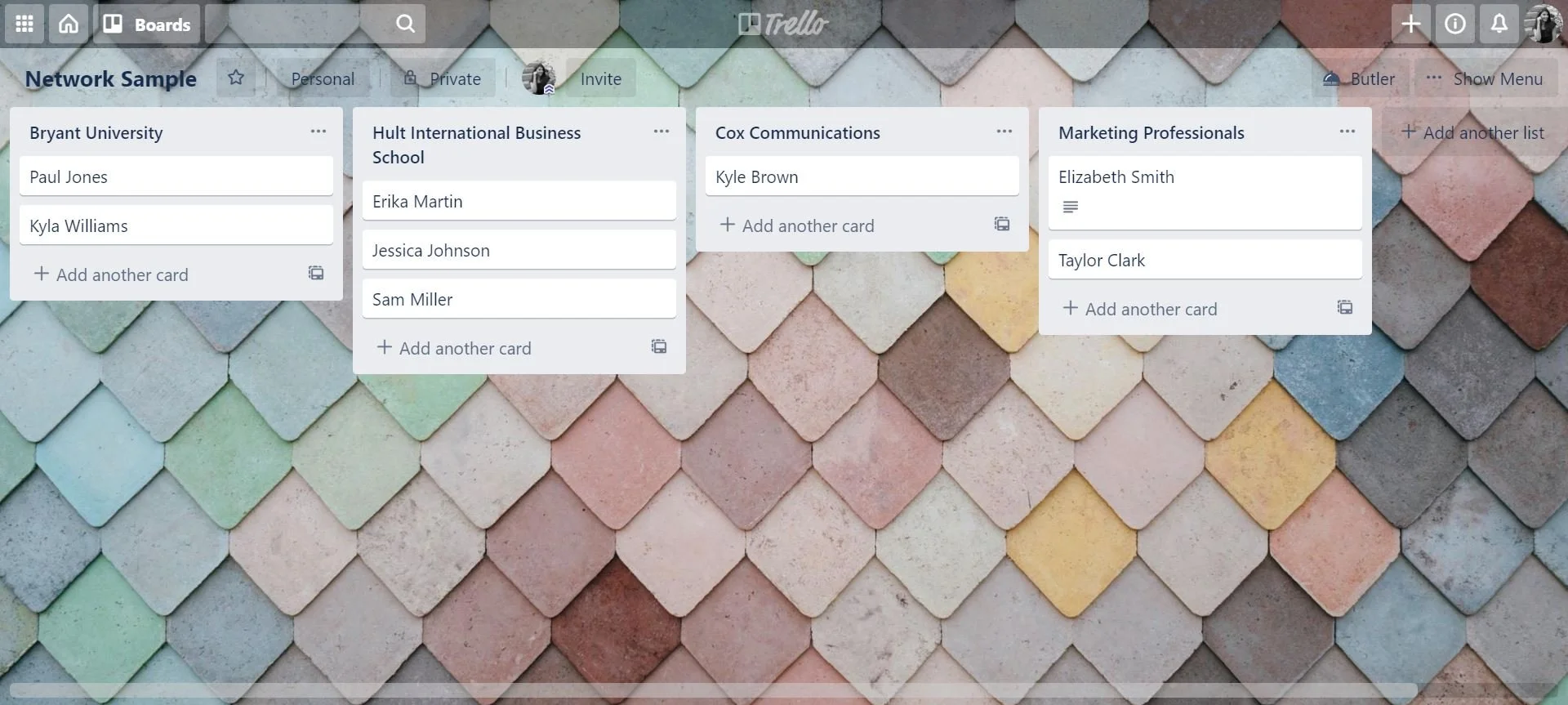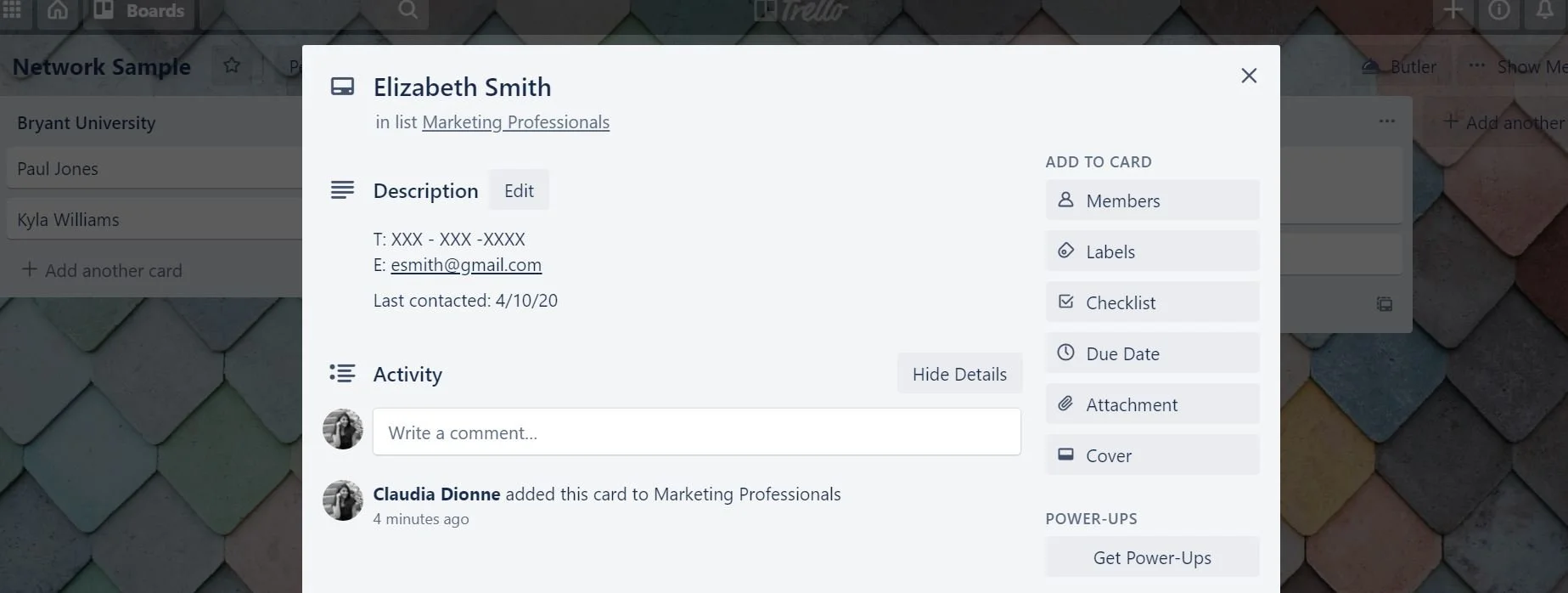How I Organize My Network, and It's Not Through LinkedIn
You know the saying, "It's not what you know, but who you know." I was never a big fan of the saying growing up. I believed that surely if you had the skills and competencies required for a role, you'd be chosen every time. I viewed asking for help as a sign of weakness and took pride in the idea of obtaining a job or leadership position on my own. What I wish I had known is- your network, your personal and professional relationships, have the power to serve you and others in extraordinary ways.
I never truly understood the importance of networking until I joined the Collegiate Entrepreneurs' Organization at Bryant University. There, they emphasized the importance of networking by building relationships and then maintaining those relationships. It seemed simple enough. I started to become accustomed to the idea and decided to improve my networking skills by attending professional events and conferences.
By the senior year of my undergraduate degree, I had amassed a decent size network and was on the verge of graduating. I didn't want to lose touch or forget about the valuable relationships I had created with classmates, professors, and industry professionals. While the majority of my connections are easily found on LinkedIn, there are a few dozen standout individuals I value keeping in especially close contact with. To keep track of the valuable connections in my network, I use Trello. Trello is a virtual tool for organizing projects and ideas through boards and individual cards that are easy to rearrange into various lists. Each card has its own title, and within each card, you can add checklists, documents, labels, and due dates.
Within my Network board, I have various lists ranging from the universities I attended, companies I have worked for, and various professionals organized by industry. I know you're probably thinking, isn't this the same as LinkedIn? Here's the added value of organizing your network on Trello:
1. Customization
View your most valuable contacts at once organized by categories that work best for you. Trello makes it extremely easy to rearrange and delete cards and lists, allowing your Network board to shift and evolve with you.
2. Storing Information
Add personalized notes and essential contact information under each card. Under each contact card, I keep track of phone numbers, emails, other miscellaneous documents associated with the individual.
3. Maintaining Relationships
Keep track of which relationships you're nurturing vs. neglecting. Every week, I try to reach out to 1-2 individuals within my network. After connecting, I then shift that person's card to the bottom of the list and rearrange the cards. Then, I move a person who I haven't reached out to in a few months to the top of the list and repeat.
4. Fostering Connections
Easily find and connect individuals that would benefit from one another. By having an overview that allows me to see numerous connections at once, it makes it easy for me to connect individuals based on their needs. For example, if I know someone at my current university is looking for someone to help them with social media for their startup, I immediately know which list I would look under first.
Growing and nurturing your network is a long-term investment. While I've only had this system in place for two years, it has helped me tremendously. The value I have gained from engaging with my network more frequently has proved worth it, and I am confident this system could do the same for you. Happy networking.


